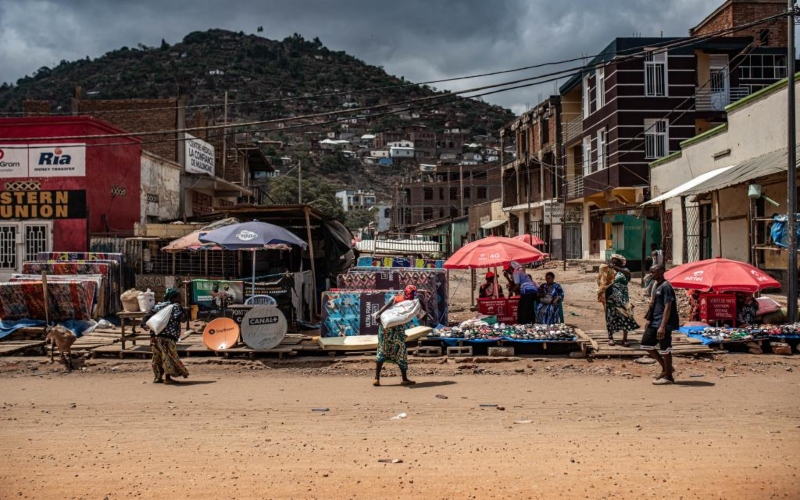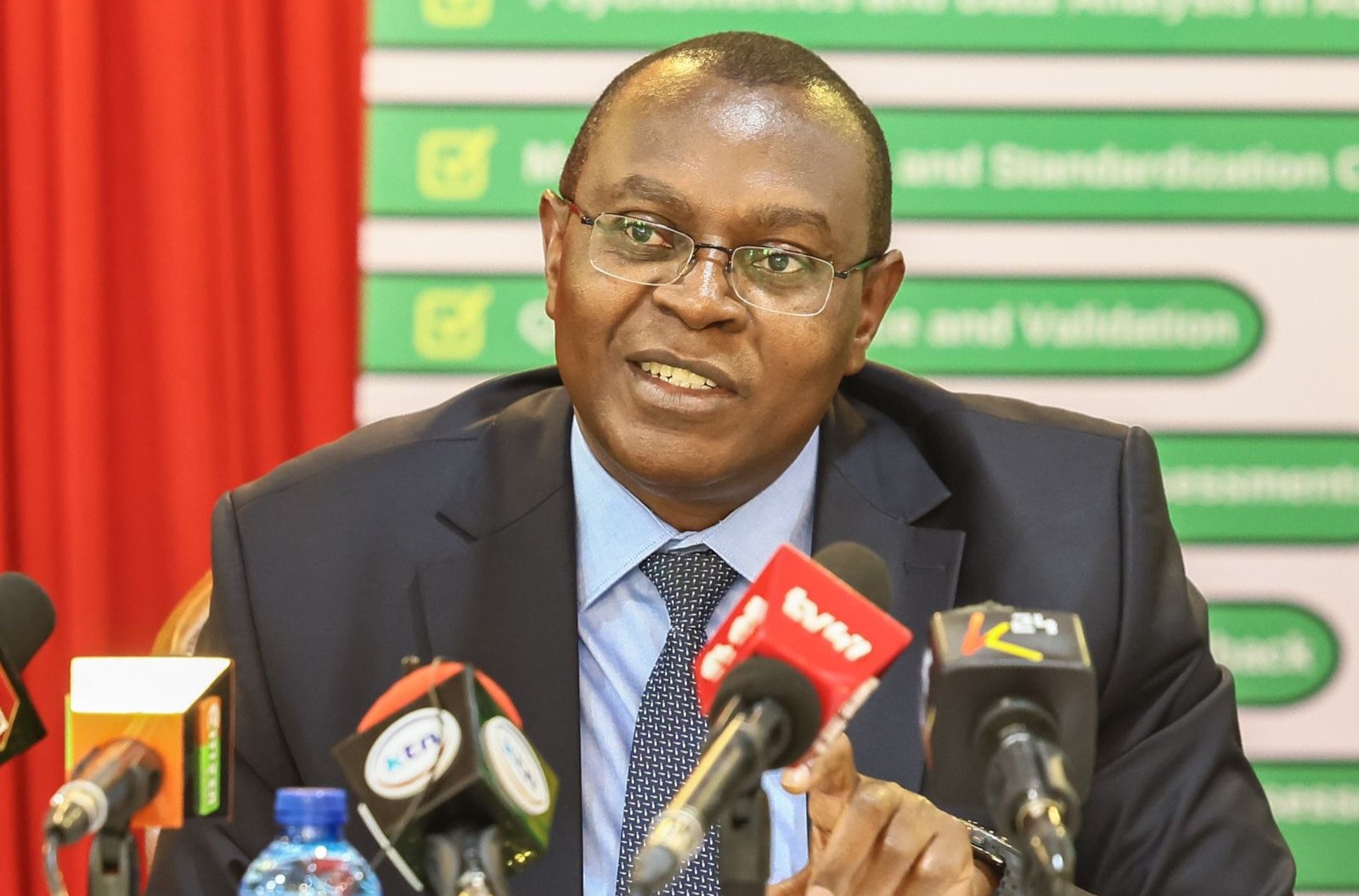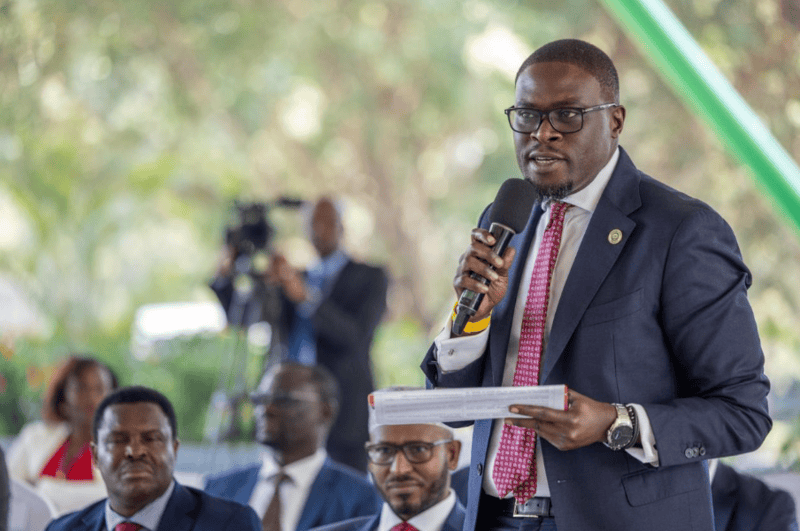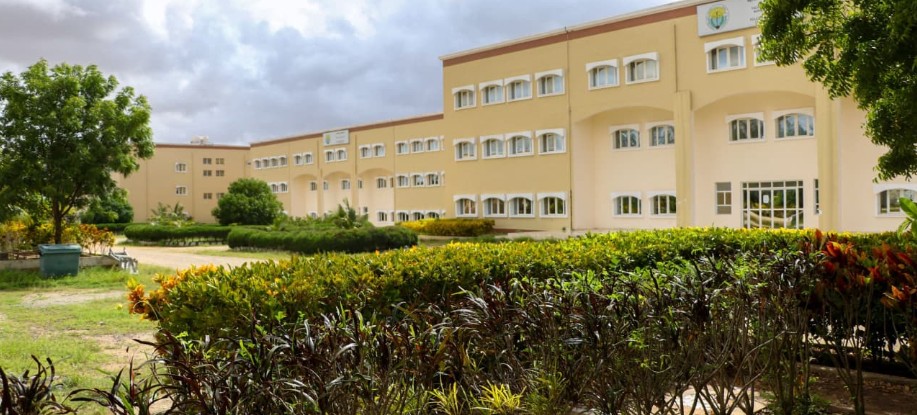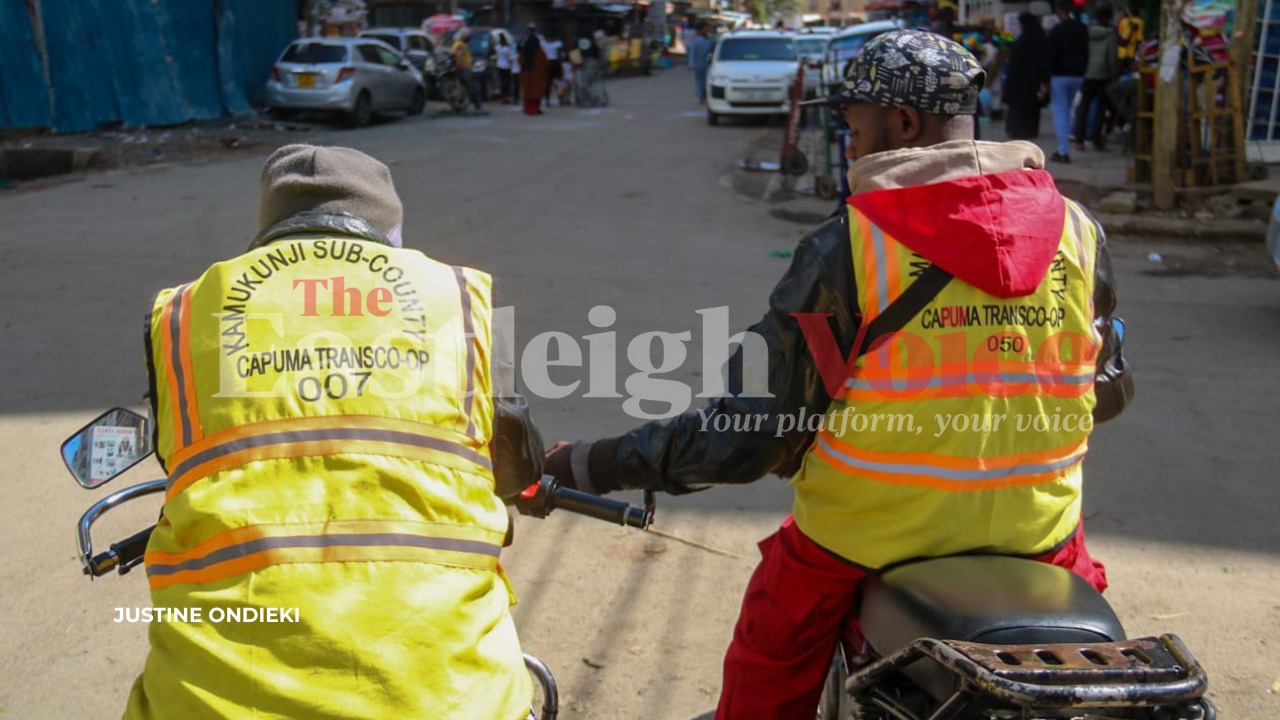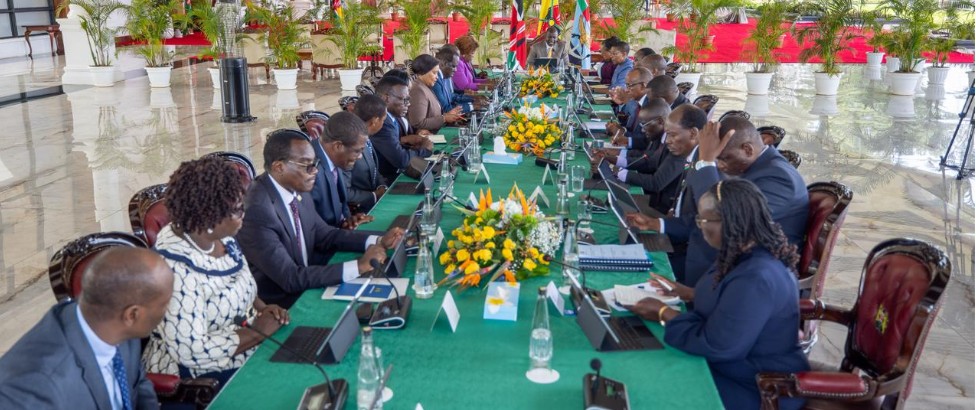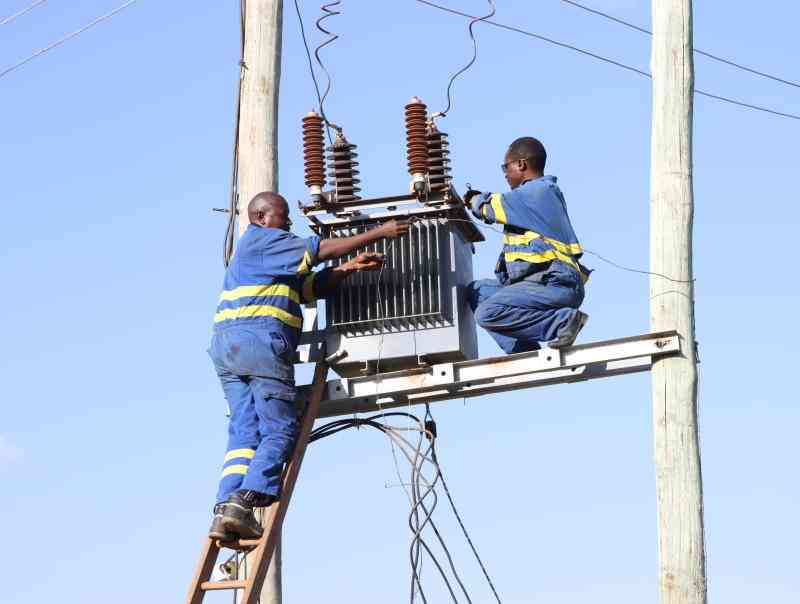Why residents of flood-prone regions won’t move to safer grounds
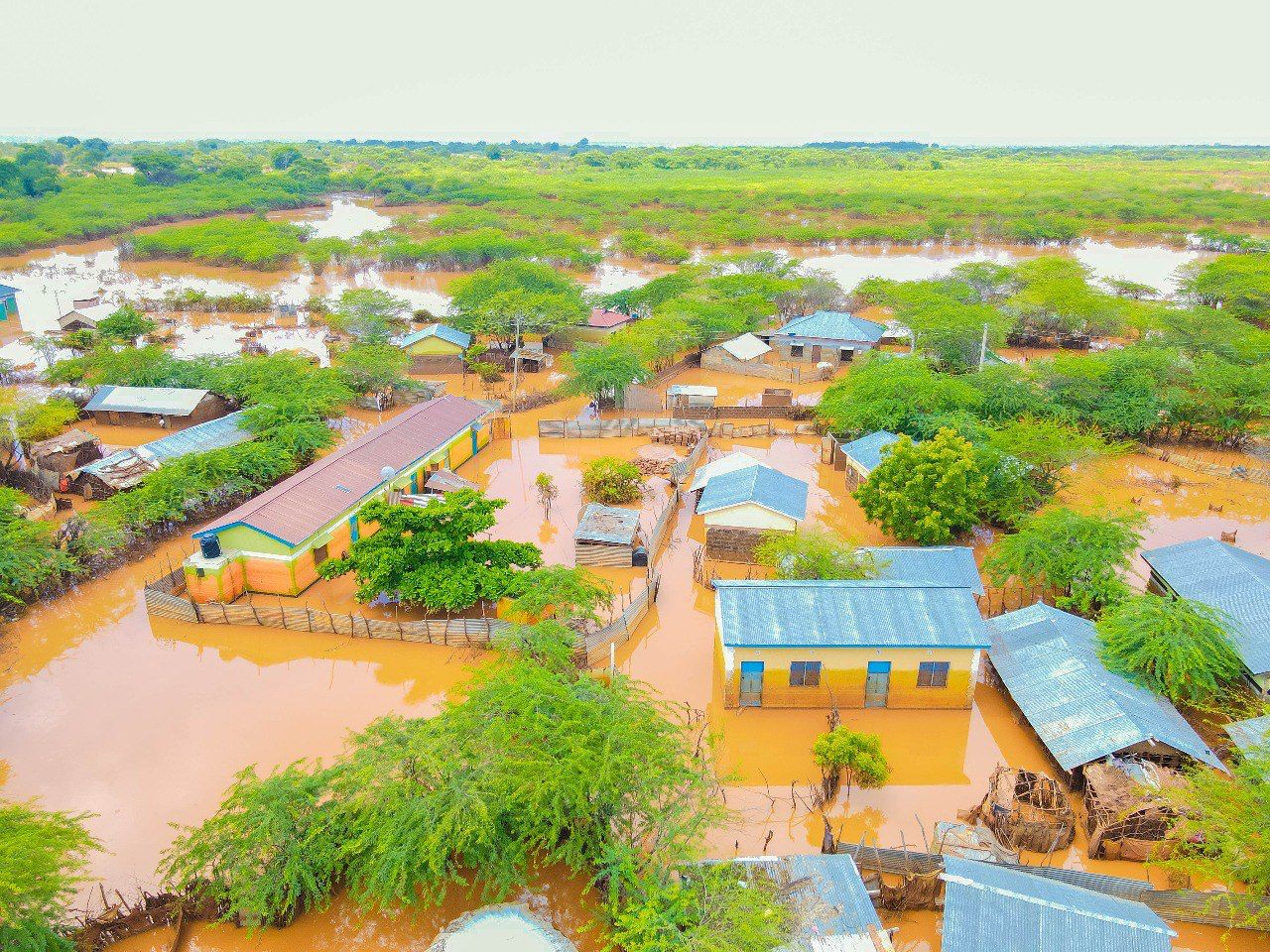
Governor Dhadho says the eco-villages, also known as the cluster programme, are an absolute solution to the perennial disasters.
Despite the yearly death, displacement and despair caused by floods, both national government and non-governmental organisations have found it hard to convince those living on the banks of River Tana to move to safer grounds.
Several NGOs, including the Kenya Red Cross, have attempted to convince this group to settle elsewhere in the past but all has been in vain.
More To Read
- Kenya Red Cross Garissa Aqua Rescue Team trains to boost readiness for River Tana floods
- Rain, thunderstorms expected across 20 counties in latest forecast
- Women lead sanitation drive in Tana River to curb cholera ahead of floods
- Urgent food system reform needed for resilience as Africa faces chronic hunger crisis
- Garissa, Tana River residents urged to evacuate as Masinga dam exceeds capacity
- 2024 sets new record as the hottest year, breaching the Paris Agreement threshold of 1.5°C
In 2020, Kenya Red Cross only managed to move 1825 residents from the riverine area. The majority rejected the plan.
“We only managed to relocate a few families from the riparian land but the majority rejected the move arguing that they were fine living along the river,” Kenya Red Cross Tana River County Coordinator Jared Bombe says.
Mr Bombe says the agency could not force the flood victims out of their homes.
On the Garissa side of the river, the situation is the same as locals residing at Bakuyu village declined to move out of their flooded homes.
Abubar Malio, a resident, says they declined to move from their flood-prone homes fearing to lose their fertile land.
“Having us move from our original homes to higher grounds as suggested by the well-wishers was never welcomed because it was never clear how we could continue farming along the river,” Abubar says.
Available markets
The majority of those who declined to be moved say they were being moved far away from their available markets and other sources of income.
“It has never been clear how our children will get to schools because we were going to new settlements without schools,” Abubar says.
Halio Shari says she declined to move because of her half-acre piece of land.
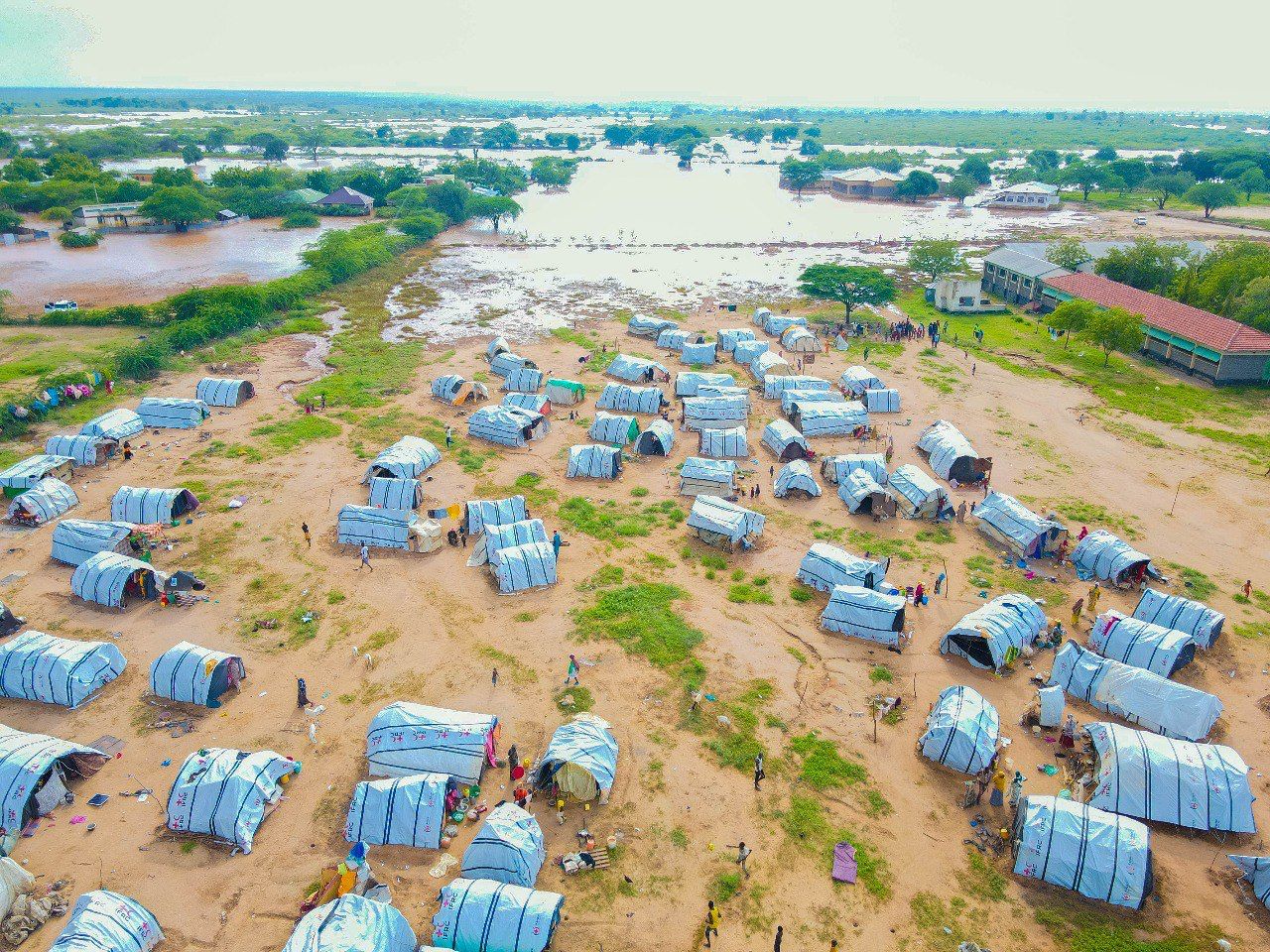 Drone images of the of Garissa town and a view of the IDP camp at the Young Muslim Secondary School on December 1, 2023. (Photo: Amin Abubakar)
Drone images of the of Garissa town and a view of the IDP camp at the Young Muslim Secondary School on December 1, 2023. (Photo: Amin Abubakar)
“I was to leave behind my farm with mangoes and bananas and go to a place where I cannot farm. I am not used to relying on relief but depend on my farm for my daily food,” she said.
While the Garissa County government is yet to announce any plan to relocate the flood victims from along the riverine, Tana River County has muted the plan that has so far received opposition.
Last week, residents of Madogo, Bangale Sub County in Tana River County held a peaceful demonstration protesting a plan mooted by their county administration to settle flood victims in ego-villages.
The group held a day-long demonstration blocking the busy Garissa-Hola Road at the KBC area demanding that the Governor Dadho Godhana-led administration shelves its plan.
Mohamed Dado Hatu, a human rights activist in Tana River, says the plan is about evicting locals from their ancestral land and not about settling the flood-affected residents.
“We are all opposing the plan by the county government to set up modern villages in Madogo, and Bangale Sub-County at large. None of us has been involved in all this project,” he says. According to Mohamed, the county government never involved locals through public participation in the same.
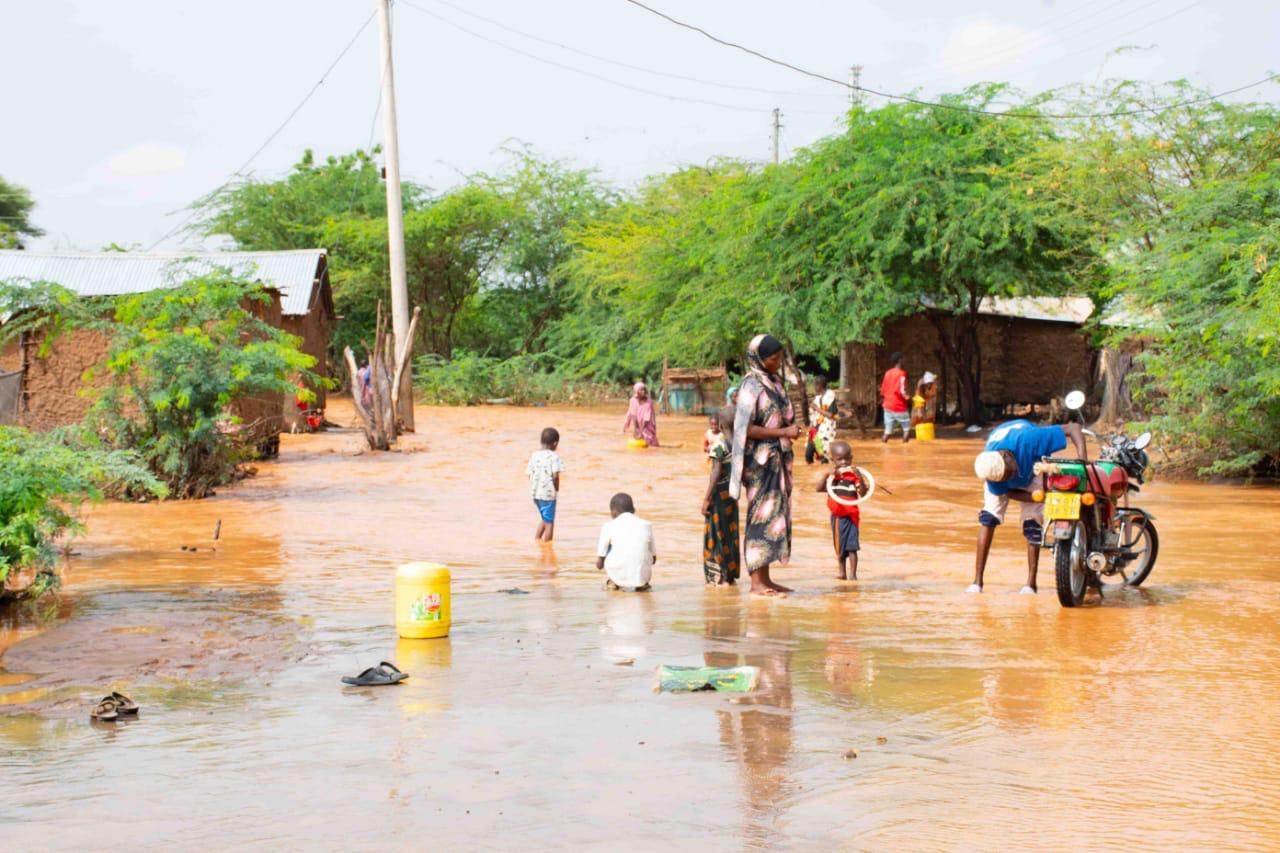 Residents of Bakuyu in Garissa town who were displaced by the River Tana floods which submerged their residential houses. (Photo: Issa Gorod)
Residents of Bakuyu in Garissa town who were displaced by the River Tana floods which submerged their residential houses. (Photo: Issa Gorod)
“This project has been established in Galalo and Garsen but there is nothing good about it. People have been displaced and divided along clans,” he said.
"Follow the law"
He urged the county government to follow the law when initiating projects across the Tana River.
“Cluster is a good project when well implemented because we shall have schools and other social amenities provided but what we are seeing in Tana River is about siphoning public funds and land,” Mohamed argues.
The residents say the project is a recipe for clan clashes since both farmers and herders will lose their land.
“This is going to ignite clan clashes in this county. We need consultation that will involve all the clans residing in this county,” Mohamed says.
For decades, Tana River County has suffered perennial calamities that have affected livelihoods. To mitigate the losses incurred, the county administration came up with the eco-villages plan, embedded in its urbanisation plan.
Cluster programme
Governor Dhadho says the eco-villages, also known as the cluster programme, are an absolute solution to the perennial disasters.
The eco-villages seek to resettle more than 60,000 people from flood-prone areas which will comprise a well-planned food production area, an area set aside for industrial development and modern housing.
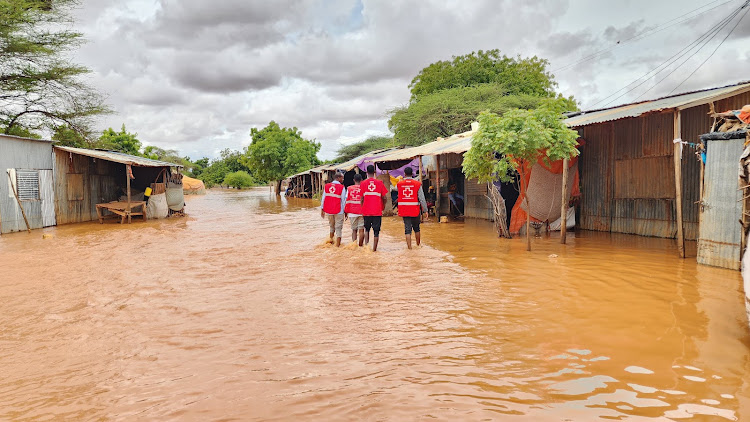 Section of Tana River area that was flooded. (File Photo)
Section of Tana River area that was flooded. (File Photo)
"This is a human-scale full-featured settlement in which human activities are harmlessly integrated in a way that is supportive of healthy human development," he says.
In Tana River, the eco-villages programme is to eradicate poverty, restore the natural environment and ensure the integration of all basic human needs.
At least 18 villages have been identified to be moved from the wetlands to the higher grounds.
Towane Basasi, a clan elder, says the governor should engage residents directly without using clan elders as his messengers.
“We want the governor to get to us directly without using some people who are causing unnecessary tension among clans residing in Tana River County,” Towane says.
Maka Wayamo is vehemently opposed to the plan to create clusters in Tana River and Madogo in particular.
“We are not ready to have land divided and given to other people and have us displaced. As women we are opposing that project because we depend on this land to feed our families,” Maka says.
She says women were not involved in the initial stages of the project.
“We don’t know the benefits of this project and none of us was involved in planning and deciding the same,” she says.
Harun Hassan, a local resident, accused the county administration of planning to evict locals from their ancestral land.
During the recent El Nino rains more than 26,000 families in Bulla Iftin, Winsor, Bulla Sheikh, Bulla Punda, Kamor and Vumbi were displaced by the floods and families were forced to move to eight internal displaced camps in schools within Garissa town.
Similar tragedies for more than 15,000 residents of Mororo, Madogo, Bakuyu, Atheyle and Ziwani in the neighbouring Tana River County.
The riverine communities in the two neighbouring counties encounter the harsh realities of the river floods in the yearly December rains where the river burst its banks due to excessive water released by the Seven Forks Scheme dams.
Top Stories Today
